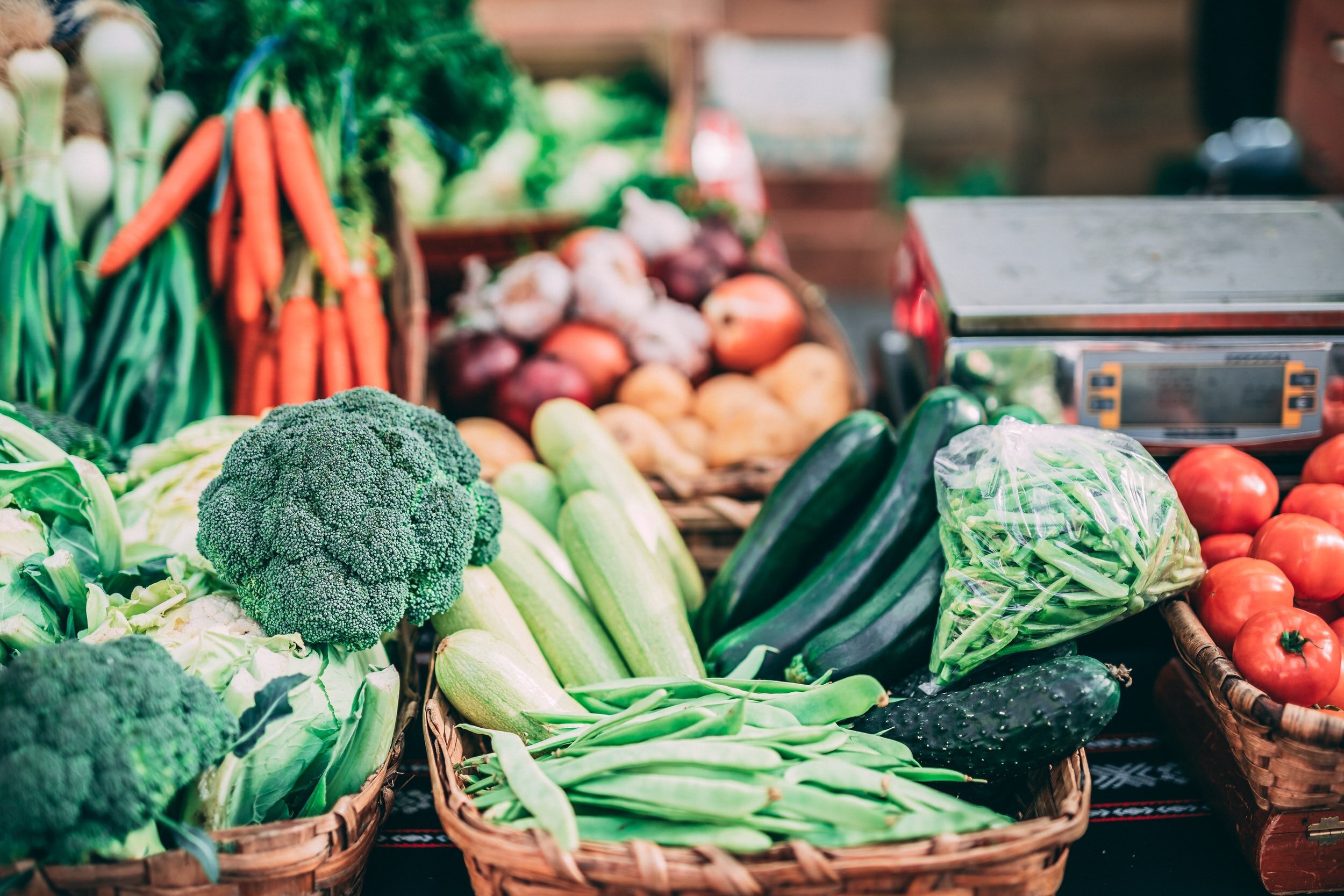What is the environmental impact of food waste?
We're wasting more than "just" food
We all know we shouldn’t waste food. If you’re like me, you probably feel a pang of guilt when you have to throw away food you’ve accidentally let spoil. It’s true that household food waste is a serious issue; with Canadians wasting about 2.2 million tonnes of food at home. We can all do our part to reduce our individual food waste, but this issue far extends to food that gets thrown away at home.
What’s the big deal about food waste anyway? Well, it’s more than just food that gets wasted - it’s also the water, fossil fuels and land used for producing and transporting our food. Our food can travel thousands of miles before reaching our plates after being grown, processed, packaged, shipped, sold and, finally, bought by consumers like you and I.
Food waste through the value chain
We’re so accustomed to seeing our food neatly packaged in our local grocery stores that it can be easy to forget about all of the other steps it goes through in the value chain before ever reaching our plates. Growing our food and getting it from “A” to “B” can be resource-intensive.
What’s worse is that some food never makes it to our plate at all. The FAO estimates that 14% of all food produced is lost before it ever reaches the consumer. On top of all of that lost food, we have to acknowledge all of the wasted resources that went into producing it in the first place.
Food Loss vs. Food Waste
Before we delve any deeper into this issue, let’s iron out some of the verbiage we’ll be using. Food loss and food waste are not synonymous.
The term “food loss” is used to describe food that has been lost on the farm it was grown, or throughout the supply chain before it reaches retail markets, like grocery stores. Broadly speaking, food loss occurs when food is spilled or spoiled, or if fruits and vegetables don’t meet the aesthetic standards required to be sold in grocery stores.
On the other hand, “food waste” refers to food that “completes the food supply chain up to a final product, of good quality and fit for consumption, but still doesn't get consumed”. Food waste typically occurs in retail and home settings, where food is discarded for a variety of reasons.
Up to 35 percent of food in high-income economies is thrown out by consumers
Resources
When food is wasted, all of the resources used in the value chain are also wasted.
Water
Because we live on a “blue planet” it’s easy to take our water resources for granted. There are 326 million trillion gallons of water on Earth, but only 1% of all freshwater is accessible for human use, the rest is “locked up” in glaciers and ice caps. We all know that water is a precious resource, but we don’t often think about the corresponding water that is also thrown away by wasting food. Food that is lost or wasted along the value chain accounts for one-quarter of all freshwater consumption worldwide.
Here are some fast facts:
1 hamburger requires 3000 litres of water
1 egg requires 236 litres of water
1 cup of coffee requires 15 litres of water
1 salad requires 95 litres of water
By doing our part to reduce food waste, we can also help to prevent wasted water. Understanding the water footprint of different foods can also help us transition to a more sustainable diet in general. According to the Water Footprint Network, it takes more than 15,000 litres of water to produce one kilogram of beef, but only ~300 litres to produce the same weight in vegetables.
Energy
It has been estimated that if food waste were a country, it would be the third highest emitter of greenhouse gasses in the world, behind the USA and China.
Getting food to our plates requires a lot of energy. Greenhouse gases are produced at every stage of the food value chain. Starting at a farm, greenhouse gasses are emitted from machinery, fertilizers, manure, and even cows themselves!
Energy is then needed to process raw materials into final food products. Next comes the emissions from transporting food products across domestic and international borders. Finally, the food reaches grocery stores and markets, where energy is used for refrigeration and other retail processes.
Across all value chain levels, food waste in Canada produces a whopping 56.5 million metric tonnes of CO2 equivalent emissions every year.
Unfortunately, it doesn’t stop there. If food is wasted and ends up in landfills, it will release methane into the atmosphere as it breaks down. Methane is a greenhouse gas with 25 times more global warming potential than carbon dioxide. In Canada, 20% of our national methane emissions come from landfills.
Many cities in Ontario are fortunate to have access to municipal composting facilities, which, if used properly can reduce the amount of food waste in landfills, thereby reducing methane emissions. However, despite having more than 90 municipal green bin programs in Ontario, over 60% of Ontario’s food waste is still being sent to landfills.
According to research by Project Drawdown, if composting levels increased worldwide, we could reduce methane emissions from landfills by 2.1 billion tonnes by 2050.
Land use
Using industrialized agriculture to try to feed the world’s more than 7.6 billion people requires land and lots of it. More than half of the world’s habitable land (free from ice or deserts) is used for agriculture. Creating agricultural land often requires deforestation or burning, which destroys biodiversity and releases greenhouse gas emissions into the atmosphere.
Some foods require more land use than others. Lamb and beef require the most land per kilogram of meat, whereas many fruits, vegetables and plant-based proteins require far less.
According to the FAO, 1.4 billion hectares of land are used to produce food that will later be wasted. Beyond this, we must also remember the processes that went into cultivating that land for agricultural use, which are also wasted if the food is not consumed.
What can we do?
When faced with a challenge as big as food waste, it can be easy to feel overwhelmed. It’s clear that the food industry has some work to do to combat food loss and waste, but there are also simple actions that we, as individuals, can take to do our part.
Here are some quick tips:
Understand your diet’s carbon footprint - Quiz: How Much Does Your Diet Contribute to Climate Change?
Eat local - purchase food grown close to home where possible
Compost using municipal facilities or backyard composting
Check out Love Food Hate Waste Canada for ideas on how to prevent food waste at home
Buy “ugly” or imperfect produce - our friends at Bruized upcycle imperfect foods into healthy eats
By understanding how our food reaches our plates, and all of the resources that go into producing it, we can make informed choices to avoid wasting it.














